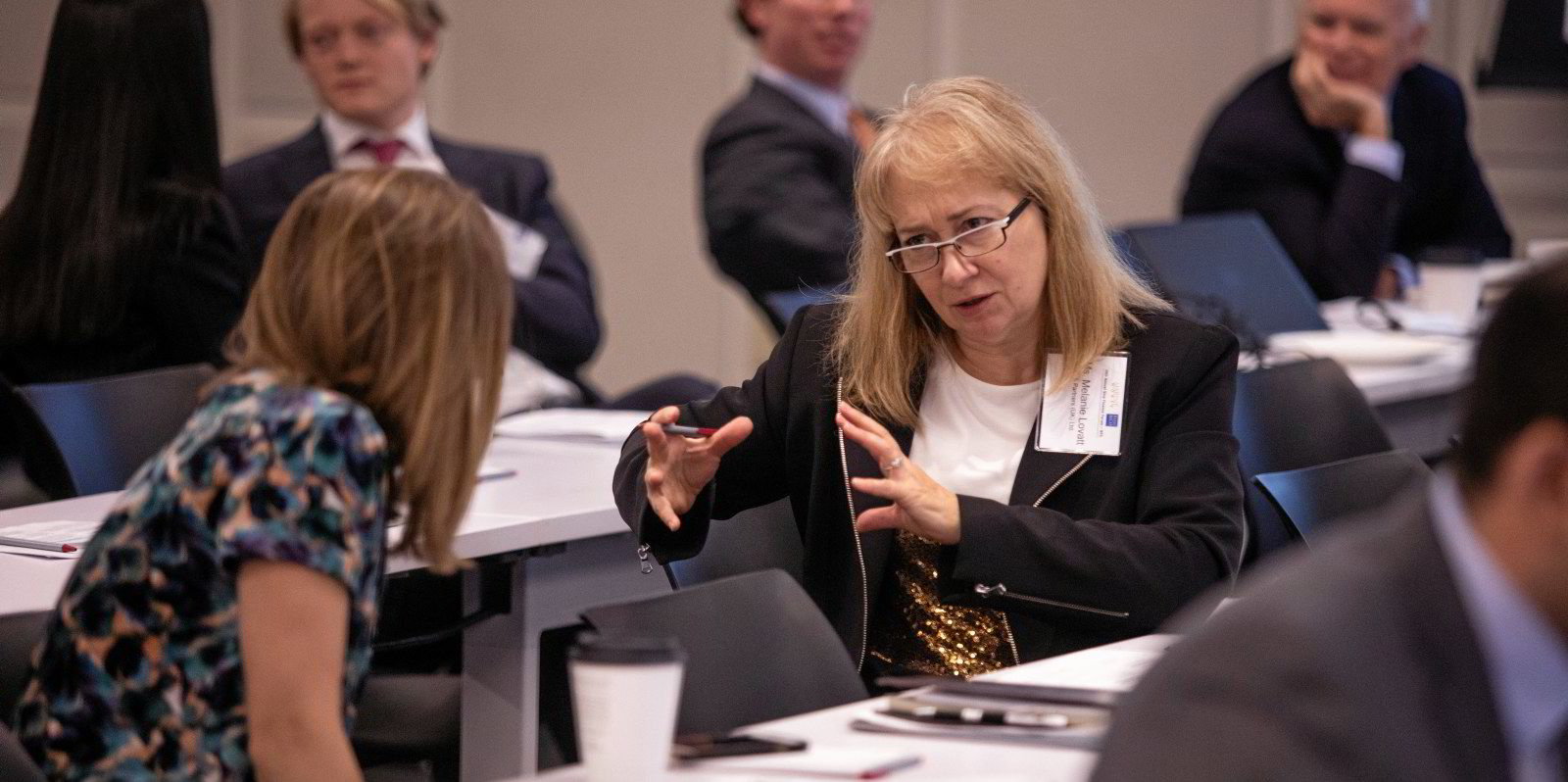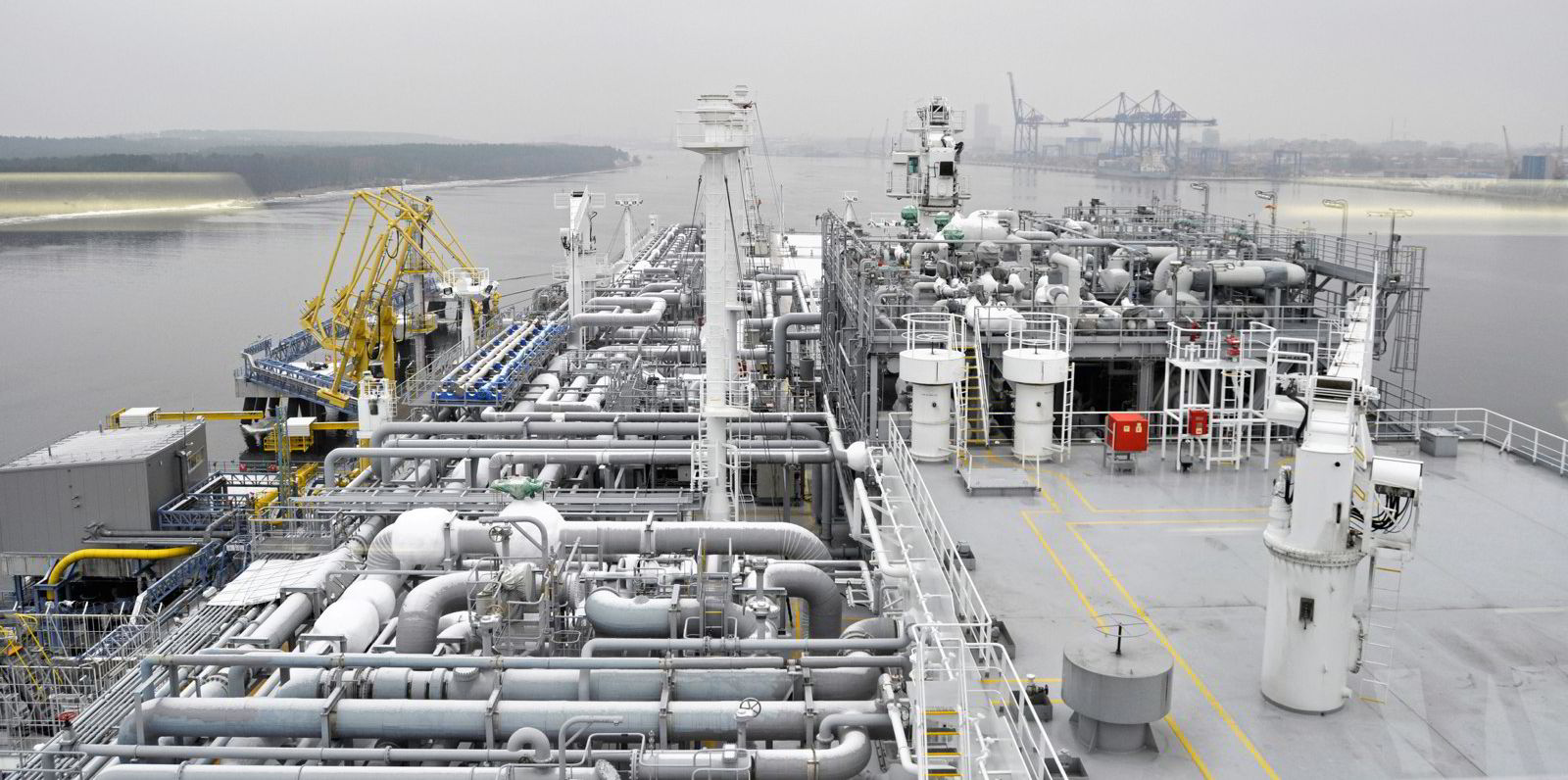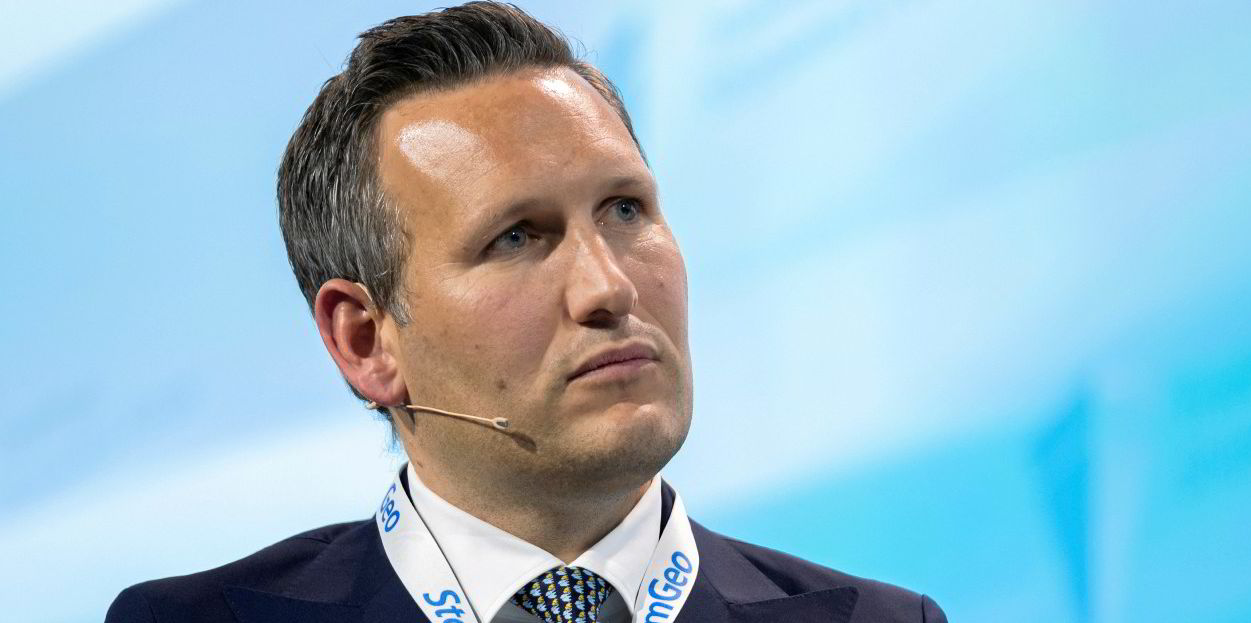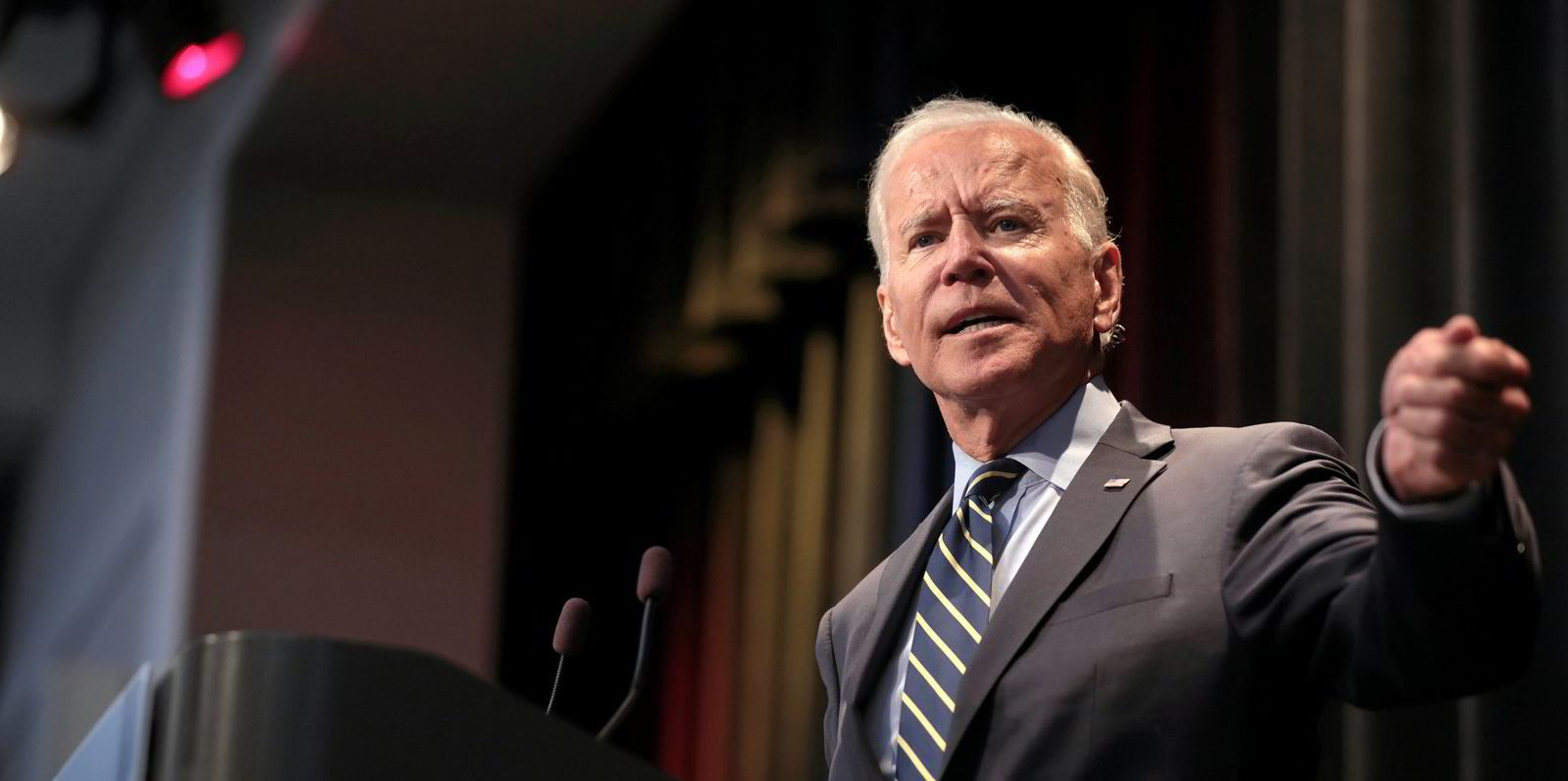Floating storage and regasification units (FSRUs) will take time to come online in Europe as the region moves to shed its dependency on Russian gas.
Speaking on a webinar, Poten global head of business intelligence Jason Feer pointed to the lead time amid the heightened interest in securing FSRUs in Europe.
“I think in LNG terms rapid progress would be a couple of years before some of those projects come online under the best scenarios,” Feer said. “This highlights that there are really no quick solutions to some of the problems the market is seeing.”
Feer said that while Germany has chartered three FSRUs, all three of the country’s LNG import projects were essentially dead a few weeks earlier.
“There is this sudden sort of whiplash. Everybody wants an FSRU now whereas before in Europe nobody wanted an FSRU.”
But Feer said the floating regasification units are typically short-term or stop gap solutions, and it might be difficult for European utilities to secure supply for them when up against long-term LNG buyers in Asia.
He said it is a very tight market with very highly motivated buyers both in Europe and Asia.
“It is still a very muddled situation,” Feer said.

Poten senior financial advisor Melanie Lovatt said there is an element of “schizophrenia” in the current market.
She said that on one hand there is a desire to get gas quickly more quickly than LNG infrastructure can manage, and on the other there is a very strong push to decarbonise.
Lovatt said this makes for difficult LNG buying strategies for Europeans.
On the US’s promise to send another 15bn cubic metres of LNG to Europe this year, Poten managing editor Sophie Tan said it will take six to 12 months for negotiations to be completed and Europe will likely have to pay up for these volumes.
Tan said US buyers are now receiving calls from buyers seeking LNG, rather than having to make them. But most of the supply has already been contracted.
Poten senior analyst for Asia Pacific Irwin Yeo said the market view is that Asian LNG stocks are low post-winter. But he said spot prices are still too high for buyers in the region to compete with those in Europe.
Yeo said Europe has been focused on decarbonisation and, unlike buyers in Asia, has not seen gas as a transition fuel, so is now at a disadvantage on buying discussions
Feer said European LNG imports are 67% higher than those recorded in 2021. This is an indication that Europe is prepared to pay up for supply and is motivated by concerns about supply coming out of Russia and low storage levels, he said.
He said US LNG production is up “quite sharply” since January with new supply coming onstream from Cheniere Energy and Venture Global LNG.
Feer said the market is seeing a “more highly motivated Europe where the concern about energy security is trumping concerns about price” pulling volumes away from Asia.
He said the forward price curve indicates that this situation is likely to continue for rest of this year and into 2023.
But he questioned how long Asian buyers can hold out before they need to restock.






